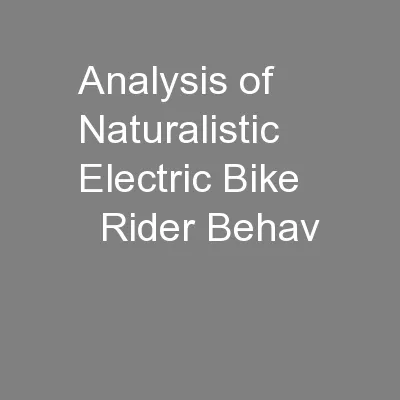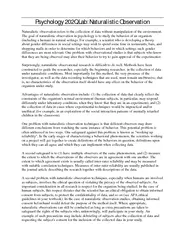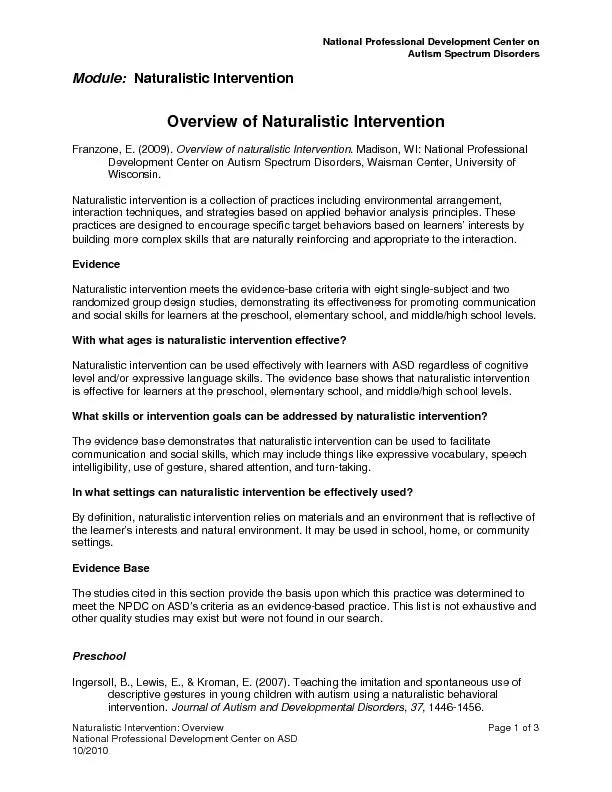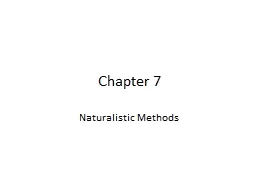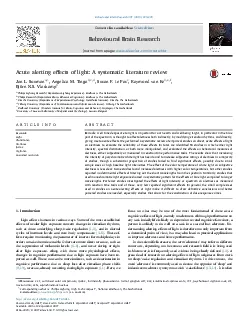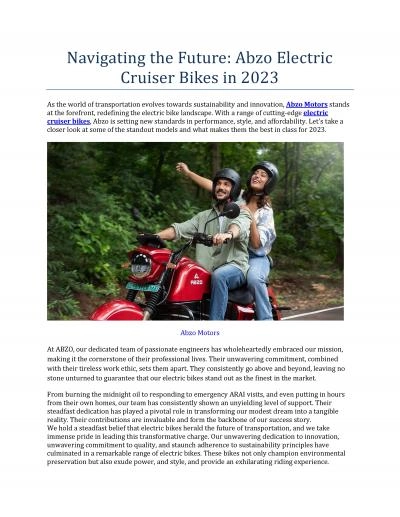PPT-Analysis of Naturalistic Electric Bike Rider Behav
Author : danika-pritchard | Published Date : 2016-07-05
Authors Noelani Fishman Breanna Piercy Affiliation Kwaku Boakye Dr Chris Cherry and Dr Shashi Nambisan SPONSORS University of Tennessee CURENT Engineering Center
Presentation Embed Code
Download Presentation
Download Presentation The PPT/PDF document "Analysis of Naturalistic Electric Bike ..." is the property of its rightful owner. Permission is granted to download and print the materials on this website for personal, non-commercial use only, and to display it on your personal computer provided you do not modify the materials and that you retain all copyright notices contained in the materials. By downloading content from our website, you accept the terms of this agreement.
Analysis of Naturalistic Electric Bike Rider Behav: Transcript
Download Rules Of Document
"Analysis of Naturalistic Electric Bike Rider Behav"The content belongs to its owner. You may download and print it for personal use, without modification, and keep all copyright notices. By downloading, you agree to these terms.
Related Documents

